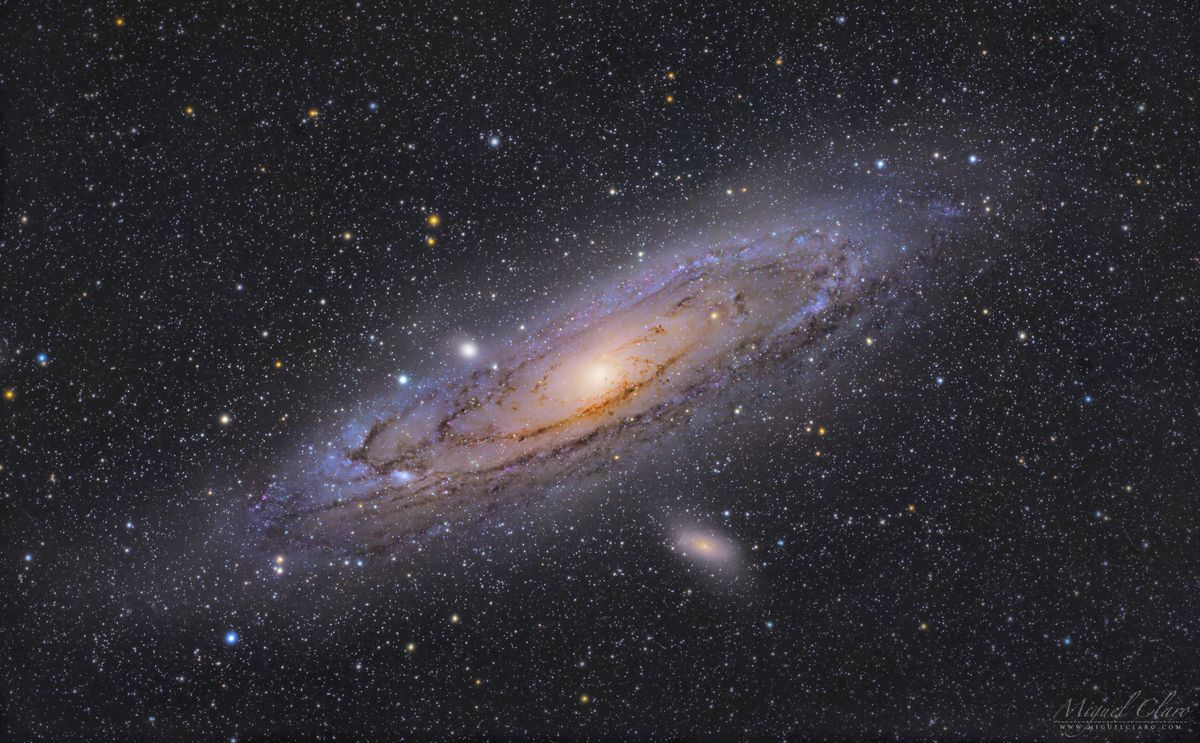
According to scientists, the human body would likely take on the shape of a “long pasta” if Earth ever entered a black hole, the most terrifying phenomenon in the cosmos with gravity so strong that even light cannot escape.
Black holes are known to devour nearby planets, as well as other black holes and the surrounding dust and gas. They are frequently referred to as “destructive monsters” because of their ability to shatter stars and devour anything in their path. If Earth fell into the black hole, it would have little hope of escaping either because light would be it’s captive. Explaining the scary situation to the Daily Mail, Professor of Physics at the University of Sussex Xavier Calmet said that the black hole’s gravitational force would become so strong that the humans will experience “spaghettification”.
Earth’s chances of getting swallowed by a black hole are almost “nearly zero”
“Your body will be stretched into a shape similar to that of a long pasta until it is reaped apart by the strong gravitational force,” said Professor Calmet. “I can’t imagine that this would be pleasant – it would happen rather quickly, so if painful, it is unlikely to last long,” he added. Meanwhile, Imperial College London’s senior lecturer Dr David L Clements said, “The end of the Earth would likely be quick if it fell into a black hole. It could come from asphyxiation if the atmosphere is stripped, or from the process called spaghettification where tidal forces stretch everything out into long strings – may be briefly painful.”
He added that, thankfully, Earth’s chances of getting swallowed by a black hole are almost “nearly zero”. “The fact that we’re still here shows that this hasn’t happened over the whole history of the Earth,” he said while speaking to Daily Mail. “So the chances are at least less than once every 4.5 billion years and likely much much less,” he added. The black hole nearest to the Earth is called Gaia BH1 and is around 1,600 light-years away. It is 10 times bigger than the size of our sun, stated experts.
In Cycle-2, the James Webb Space Telescope (JWST) will explore the mysteries of black holes. The telescope will be used by the researchers to do additional research on black holes as they look for potential runaway supermassive black holes, analyse the effect of AGN feedback on cosmic midday star production, and discover the occulted growth of supermassive black holes. JWST will continue to concentrate on the Sgr A black hole at the heart of the Milky Way galaxy in order to observe its inner accretion flux and learn more about the physics of black hole development.
